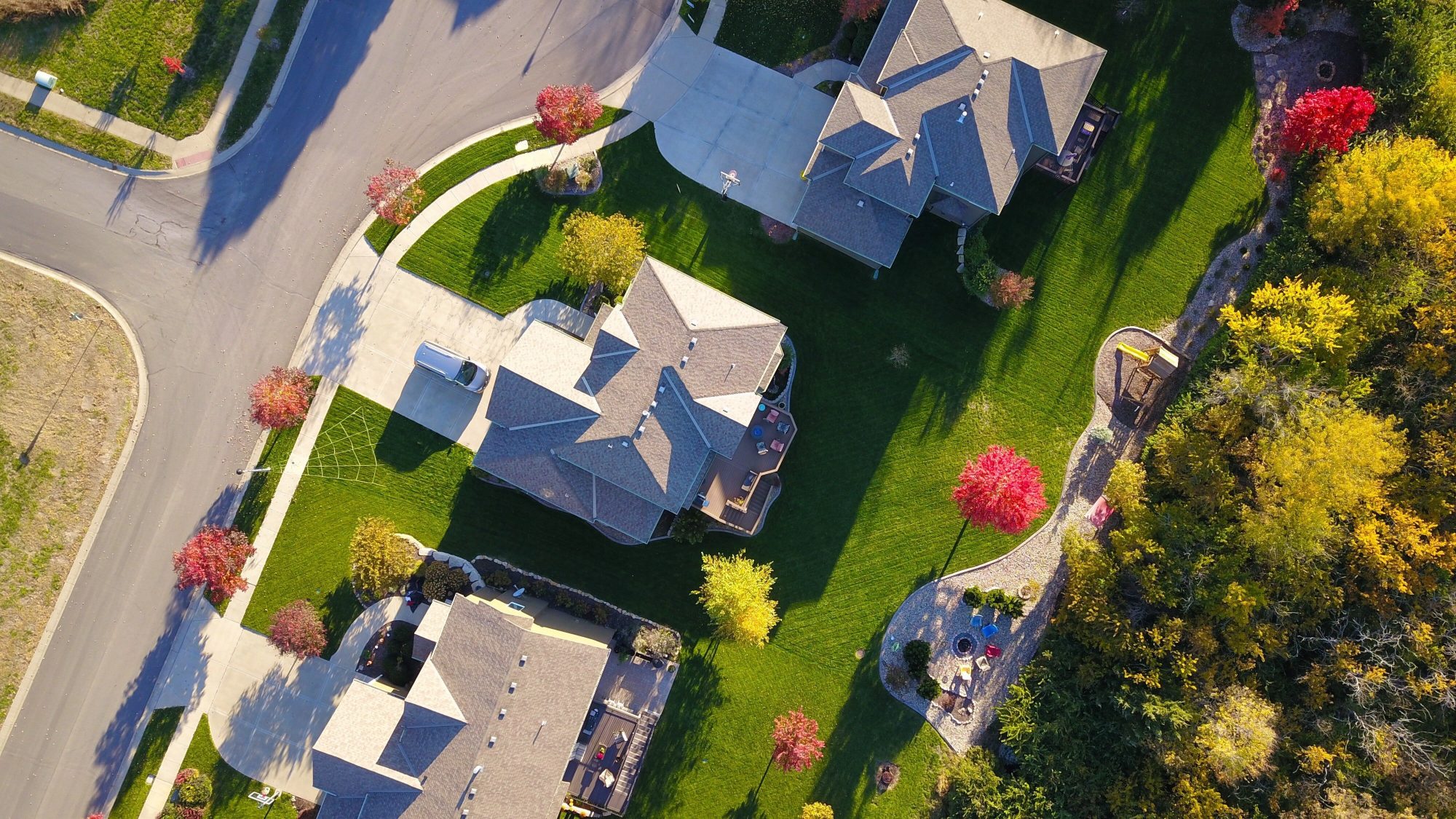The shingles and gutters that make up your roofing system are usually the first two things you assess if you notice water damage within your home. Even though shingles and gutters are crucial aspects of your roof’s construction, the flashing on your roof is just as essential and can also be the cause of interior water damage if a section becomes damaged. By ensuring your flashing is in good shape every year, you are also extending the overall health of your roof.
Flashing is made up of a thin, protective material that is used during roof construction to connect the seams of different installations of your home together, such as chimneys, vents and skylights. Flashing acts as a sealer in between the joints of your roof. It also helps eliminate the chances of water damage to the interior of the home around those specific installations. Flashing can be made up of a number of materials such as galvanized steel, cooper or aluminum. Read on to learn how to easily spot damaged flashing.
Corrosion or Rust
Despite being made out of an array of strong and durable materials, flashing can overtime develop signs of corrosion due to severe weather and overall age. If the corrosion spreads and weakens the material, holes can develop within the flashing. These holes can leave the interior of your home vulnerable to water damage. In most cases, depending on the severity of the damage, flashing holes can typically be patched with additional flashing material and covered with roof cement. If the corrosion is significant, new flashing can be installed. Hiring a professional to address the damage will ensure that the flashing is properly resealed without issue.
Disfigured Flashing
Much like corrosion, bent or dented flashing can also be cause for concern. The flashing on your roof can be bent or dented during severe weather or by any debris that hits your roof with force. This type of disfigurement can easily weaken the flashing and can break the galvanized coating to the material.
Missing Flashing Pieces
High winds can easily remove a weakened section of flashing from your rooftop. Addressing this type of damage quickly is key to ensure you do not have any severe interior leaks or water damage where the flashing was located. You will also want to ensure that the installation that is associated with the flashing has not been compromised.
Interior Leaks
Depending on the configuration of your rooftop, you may not be able to see every angle of your flashing. One of the most obvious ways to determine if a seam of your flashing has been compromised in a particular area is if you begin to notice moisture or an active leak forming near your fireplace, skylights, or attic.
If you have discovered that your roof’s flashing has been damaged, it’s important to address it quickly to ensure the damage remains limited. Call Exterior Remodel and Design Roofing today to get a fast, free estimate from the most trusted roofers in Omaha. Our team has become a well-trusted name when it comes to roofing in Omaha, because we are willing to work with our customers and always take pride in doing a job the right way. Our roofers are always updating their knowledge of the industry and strive to leave customers as pleased as possible with their new roof.
Contact ERD
At Exterior Remodel & Design, Inc., we offer an experienced team of roofing professionals with knowledge on a variety of roofing services. For more information, contact the professionals at Exterior Remodel & Design, Inc. by phone at (402) 861-0000, by email, or by contact form.

